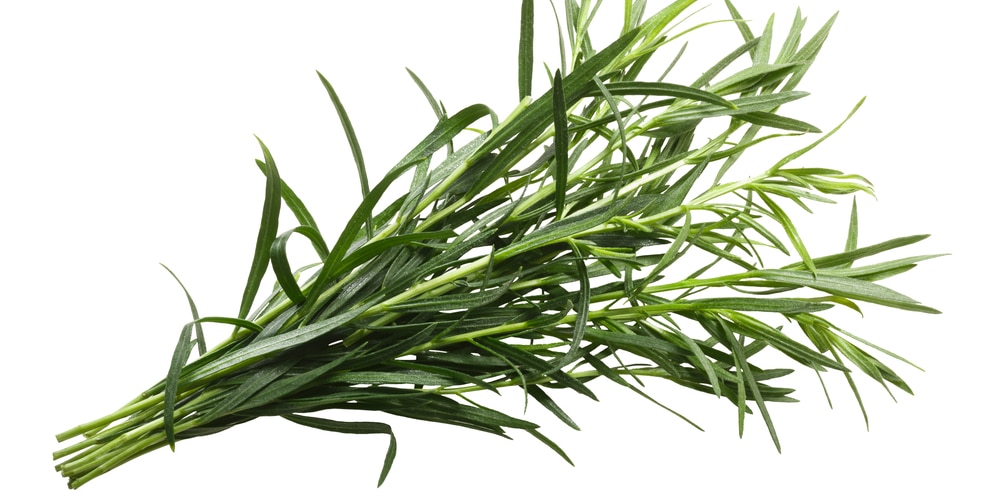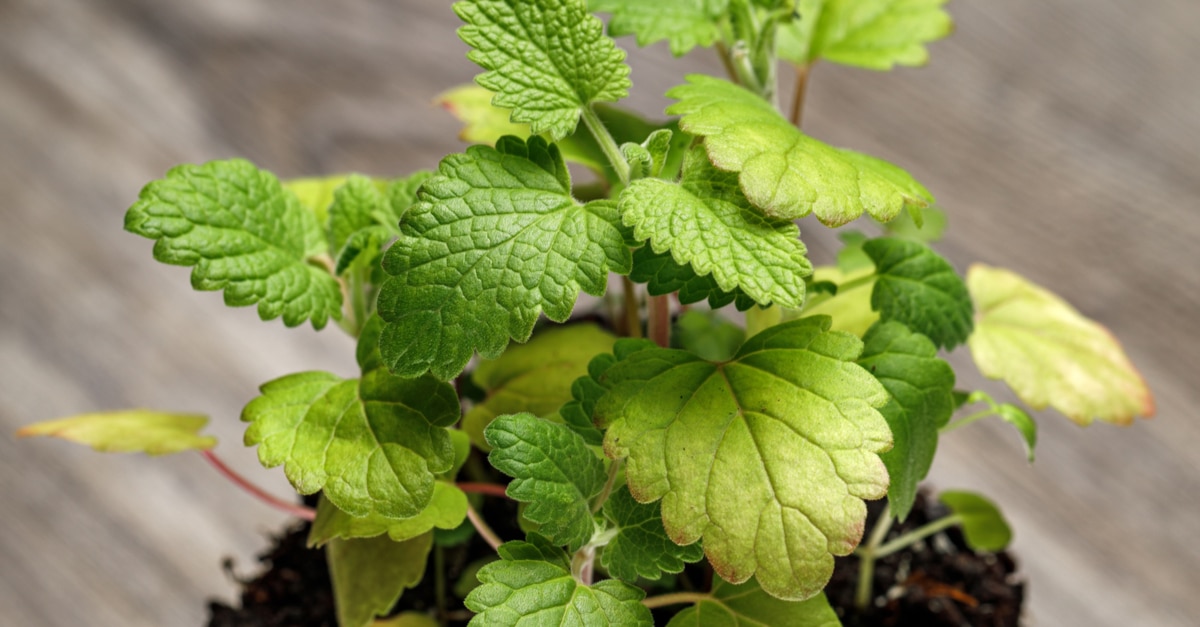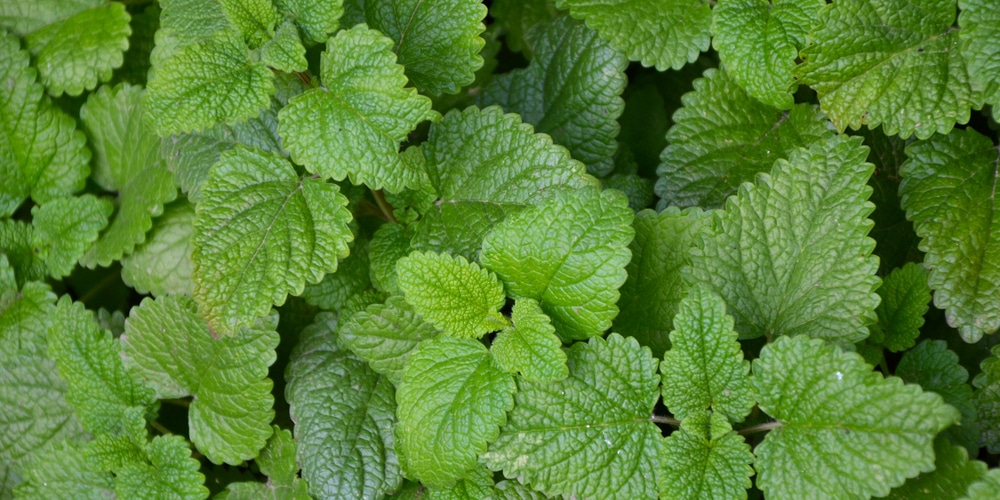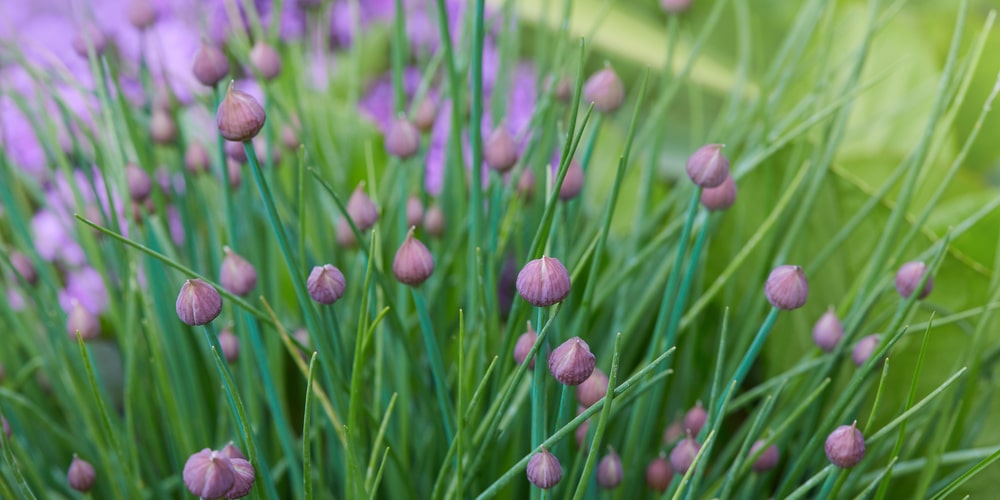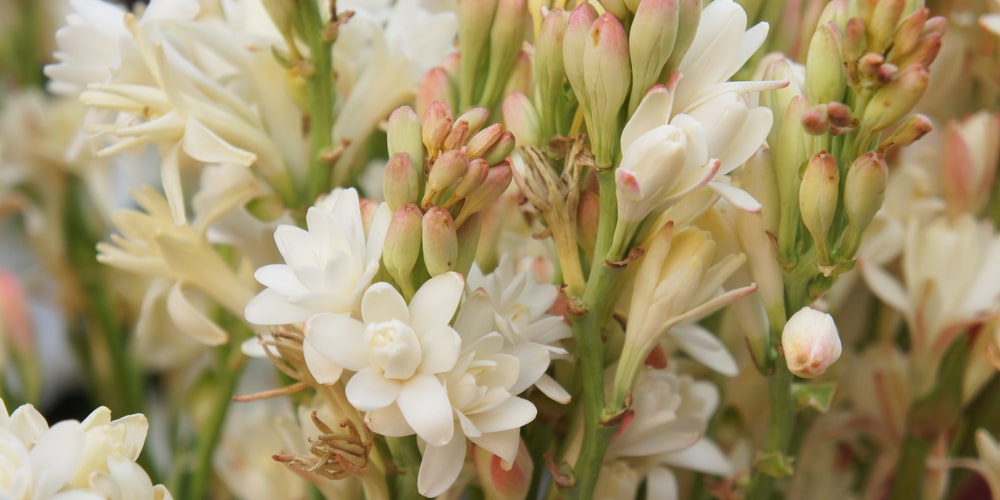Perennial herbs are worth the space they take up in your yard or garden. The only question is, will they grow in USDA hardiness zone 4?
You’ll be pleasantly surprised to find that many popular herbs can live and thrive in zone 4 climates. Here are seven of them you can take home and plant right now.
Thyme Silver Edge

‘Silver Edge’ is a beautiful herb that’s sure to add a layer of dimension to your home. It takes to other herbs quite well and thrives where there’s full sunlight.
You can put them in as you would grass, and they’ll most likely survive frost. You’ll need well-draining soil to prevent diseases, but otherwise they’re more than happy to give you what you need to season your meats and soups.
Plant thyme zone 4 during spring once all risk of frost has passed.
French Tarragon
French Tarragons are a must-have in any herb collection. This plant, like most herbs, loves to sit where there’s plenty of sun. Aside from that, the secret to growing tarragon in zone 4 is to make sure your soil is well-draining.
This species likes to stay on the dry side and can tolerate days without watering. As for culinary use, you’ll find yourself always needing a few leaves to add to your vegetables and meats. Not only does it add a depth of flavor, but also has antifungal and antibacterial elements.
Plant french tarragon mid-spring for the best results.
Related Article: What Plants Grow Well With Tarragon?
Catnip Lemon
Catnip lemon isn’t necessarily catnip, and if you’re looking to grow one for your pet then you may want to grow a different variety.
However, if you want something fragrant and lemony then this is the one for you. It grows well with other perennial herbs and is a wonderful insect repellant. It can deter common garden pests such as beetles and aphids, and helps people by warding off cockroaches, fleas, ants and mosquitoes as well.
As a medicinal herb, you can drink a cup of hot lemon catnip for digestion and to sleep well.
Lemon Balm
One of the most popular perennial herbs zone 4, lemon balm also exudes fresh lemon fragrance, and bees and butterflies particularly love them!
You can make up a batch of lemon balm tea, or add a leaf or two in desserts or fish to give it more flavor. Beginner gardeners will love how easy it is to grow and how it spreads quickly. Plus, it’s highly tolerant of drought but you get more out of this herb by keeping its soil moist.
Start lemon balm in spring after the last frost passes in zone 4.
Chives
Chives love it when you harvest them regularly, and reward you with even more in such a short time.
These herbs are zone 4 hardy and usually survive freezing temperatures without a problem. However, you should put them in a spot that gets full sun and be mindful about keeping the soil moist.
Chives have thick blades as leaves and are usually used as garnish, but you can stir fry them by themselves or dry them for later use.
Feverfew
Few beat Feverfew as a top choice for growing perennial herbs in zone 4. It’s a medicinal plant that can bring down headaches and fevers and looks great in a landscape setting.
This herbal plant loves full sunlight and can grow quite well in containers. In the garden, it might overtake neighboring plants but you’ll almost forgive them as they sprout daily-like flowers of white and yellow come summertime.
You’ll love having feverfew in your home. It’s lovely, has a deliciously sweet smell and thrives in virtually any condition. You can even cut a few and put it in a vase to create a summer-like effect in any room.
Butterfly Flower
‘Tuberosa’, also called ‘butterfly milkweed’ is a slow-growing herbaceous plant. If you want butterflies fluttering around your garden then this is the one to get.
The Butterfly Flower’s claim to fame is its bright orange blooms that cluster together. As for growth requirements, all you need is a sunny spot and well-draining soil, and it will be happy for years on end. Transplanting may be difficult, if not impossible due to its long and sensitive taproots.
